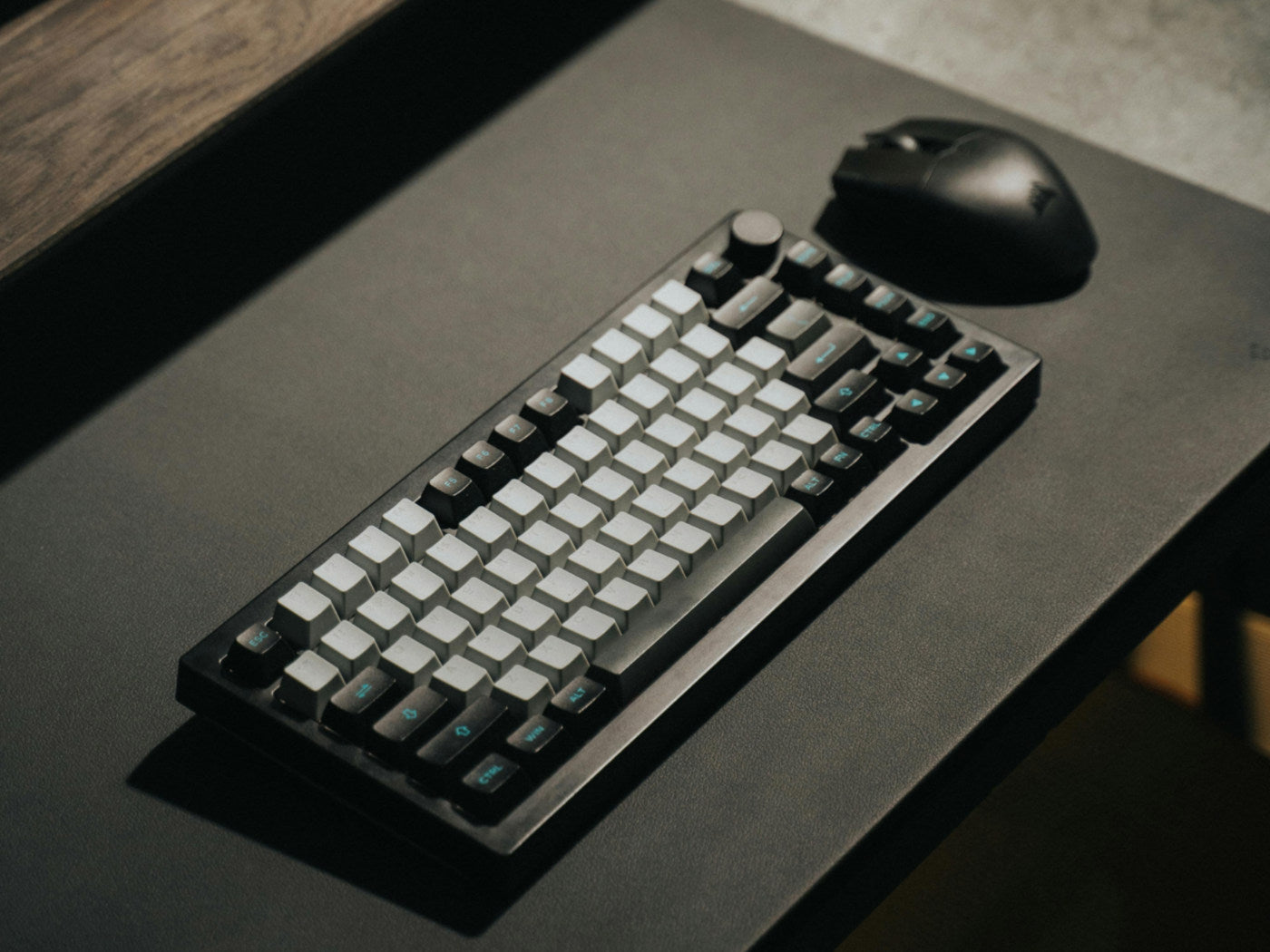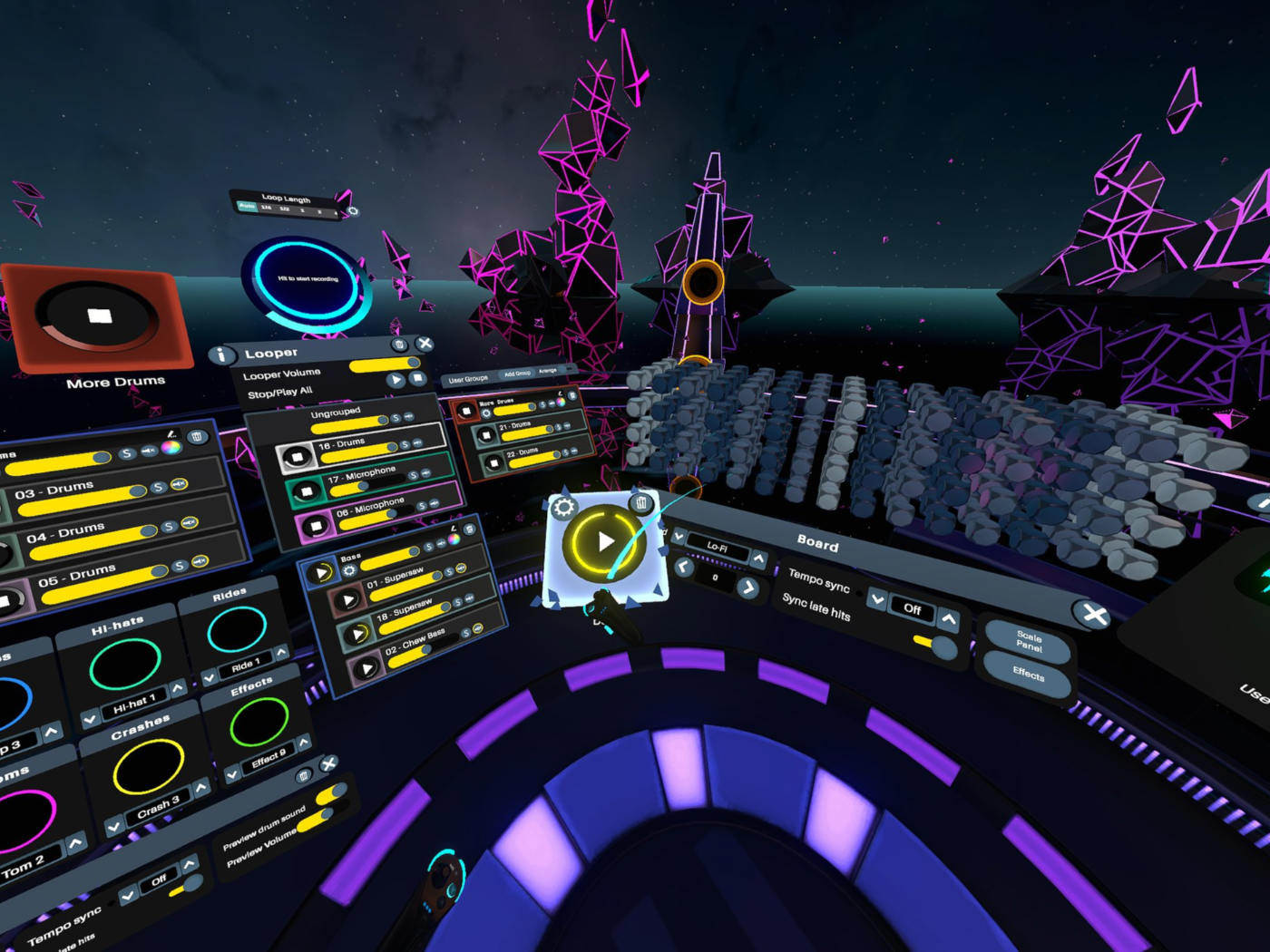Nowadays, staying productive is key, even in the virtual world. That's where the integration of keyboards and mice with Meta Quest VR comes into play. These input devices offer a familiar and efficient way to interact with virtual environments, enabling users to tackle tasks with ease and precision.
Meta Quest headsets extend their capabilities by supporting external input devices like keyboards and mice. This means users can use the power of these everyday tools within the immersive virtual space, enhancing their productivity and workflow.
Supported Keyboard Models for Meta Quest Headsets
1. Logitech K830
The Logitech K830 is a versatile Bluetooth keyboard known for its compact design and backlit keys, making it ideal for use in dimly lit environments.
2. Logitech K375s
Featuring a full-sized layout with a number pad and multi-device connectivity, it provides a seamless typing experience for users navigating virtual environments.
3. Logitech MX Keys Universal Graphite
The Logitech MX Keys Universal Graphite keyboard offers advanced features such as smart backlighting, customizable function keys, and a sleek design.
4. Logitech MX Keys for Mac Space Gray
Designed specifically for Mac users, the Logitech MX Keys for Mac Space Gray keyboard combines style with functionality.
5. Logitech MX Keys Mini Universal Pale Gray
The Logitech MX Keys Mini Universal Pale Gray keyboard offers a compact and portable solution for users seeking a minimalist design.
6. Logitech MX Keys Mini for Mac Pale Gray
Similar to its universal counterpart, the Logitech MX Keys Mini for Mac Pale Gray keyboard caters specifically to Mac users with its macOS-specific key layout.
7. Apple Magic Keyboard
The Apple Magic Keyboard is a sleek and stylish Bluetooth keyboard designed for use with Mac computers and iOS devices.
8. Apple Magic Keyboard with Numeric Keypad
For users requiring additional numeric input, the Apple Magic Keyboard with Numeric Keypad offers enhanced functionality.
9. Apple Magic Keyboard with Touch ID and Numeric Keypad
The Apple Magic Keyboard with Touch ID and Numeric Keypad combines convenience with security, featuring an integrated Touch ID sensor for effortless authentication.
10. Microsoft Surface Keyboard
The Microsoft Surface Keyboard offers a premium typing experience with its ergonomic design and Alcantara-covered palm rest.
RELATED: How To Set Up Your Meta Quest 3?
How To Set Up Tracked Bluetooth Keyboards
- Ensure Hand Tracking is Enabled
- Access the Universal Menu
- Navigate to Quick Settings
- Access Keyboard Settings
- Edit Bluetooth Keyboard Settings
- Select Manufacturer and Model
- Complete Setup Process
- Verify Keyboard Setup
1. Ensure Hand Tracking is Enabled
Before setting up your tracked Bluetooth keyboard, ensure that hand tracking is enabled on your Meta Quest headset. Hand tracking is required to view and interact with the virtual representation of your keyboard in the VR environment.
2. Access the Universal Menu
Press the designated button on your Meta Quest controller to open the universal menu. This menu provides access to various settings and options within the VR environment.
3. Navigate to Quick Settings
Hover over the clock icon located on the left side of the universal menu. When the Quick Settings option appears, select it to open the Quick Settings panel.
4. Access Keyboard Settings
Within the Quick Settings panel, select "Settings" to access the main settings menu. From there, navigate to the "Devices" section and select "Keyboard" to access keyboard-related settings.
5. Edit Bluetooth Keyboard Settings
Once you've accessed the keyboard settings, locate the option to edit Bluetooth keyboard settings. This option allows you to pair your Bluetooth keyboard with your Meta Quest headset.
6. Select Manufacturer and Model
Select the manufacturer and model of your Bluetooth keyboard from the available options. This ensures that your Meta Quest headset recognizes and properly configures your keyboard for use in the VR environment.
7. Complete Setup Process
Follow any on-screen prompts or instructions to complete the setup process for your tracked Bluetooth keyboard. This may involve entering a pairing code or confirming the connection between your keyboard and Meta Quest headset.
8. Verify Keyboard Setup
Once the setup process is complete, verify that your Bluetooth keyboard is properly configured and recognized by your Meta Quest headset. You should now see a 3D representation of your keyboard within the VR environment, allowing you to type and interact with virtual content.
How To Connect Mice With Meta Quest Headset
1. Access Settings
Begin by accessing the Settings menu on your Meta Quest headset. You can do this by navigating to the main menu and selecting the Settings option.
2. Navigate to Devices
Within the Settings menu, locate and select the "Devices" option from the list of available settings. This will allow you to manage and configure external devices connected to your Meta Quest headset.
3. Pair Bluetooth Mice
Once you're in the Devices menu, follow the prompts to pair your Bluetooth mice with your Meta Quest headset. This typically involves selecting the option to add a new Bluetooth device and then searching for available devices to pair with.
4. Confirm Connection
After selecting your Bluetooth keyboard and mouse from the list of available devices, confirm the connection on both your Meta Quest headset and the external devices. Once connected, you'll receive confirmation that your mice is successfully paired with your headset.
RELATED: How to Use Microsoft Office on Your Meta Quest Headset
Recommended Meta Quest Accessories
1. ZyberVR Neck Power Bank
2. ZyberVR Battery Head Strap for Quest 2
3. ZyberVR Battery Head Strap for Quest 3
4. ZyberVR Black Sling Bag
Conclusion
The integration of keyboards and mice with Meta Quest headsets offers users a powerful toolset to enhance productivity and efficiency in virtual reality environments. As technology advances and user needs evolve, we can expect to see even greater integration between physical and virtual environments, enabling users to work, collaborate, and communicate more effectively in the digital space.





